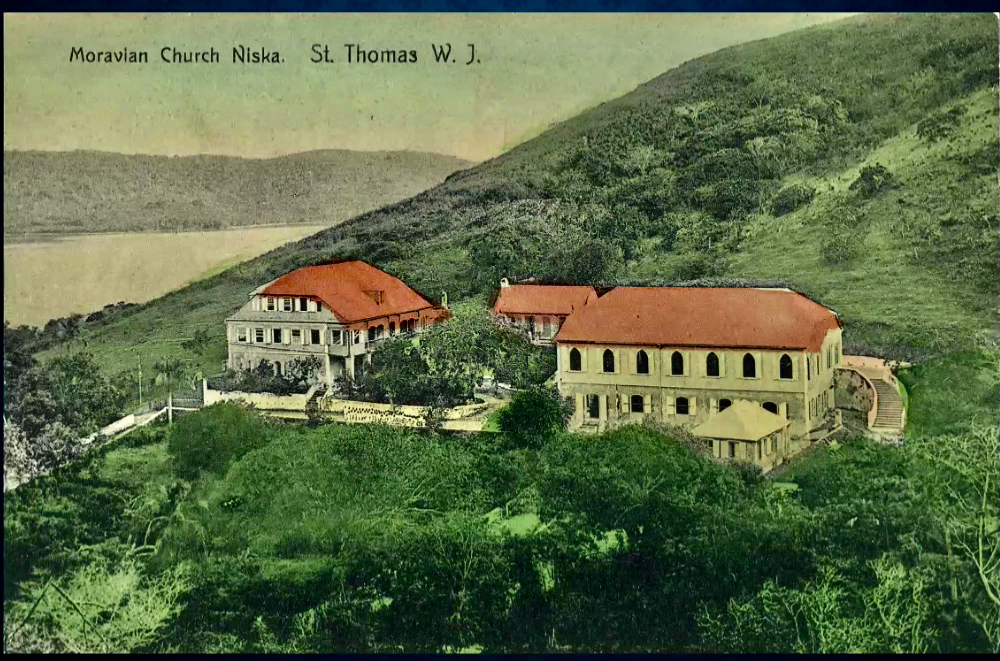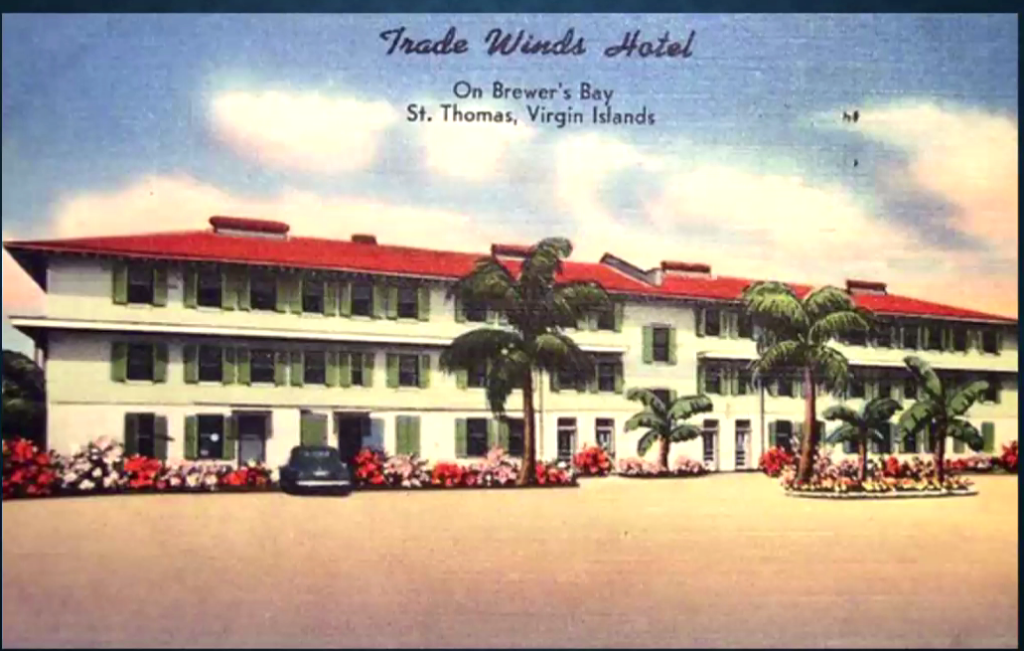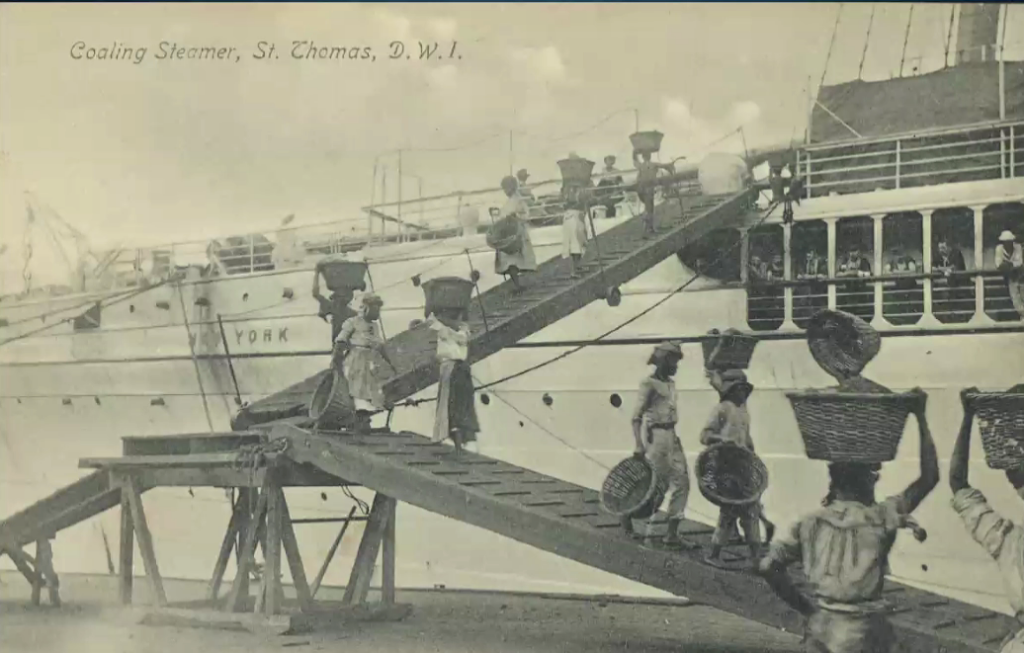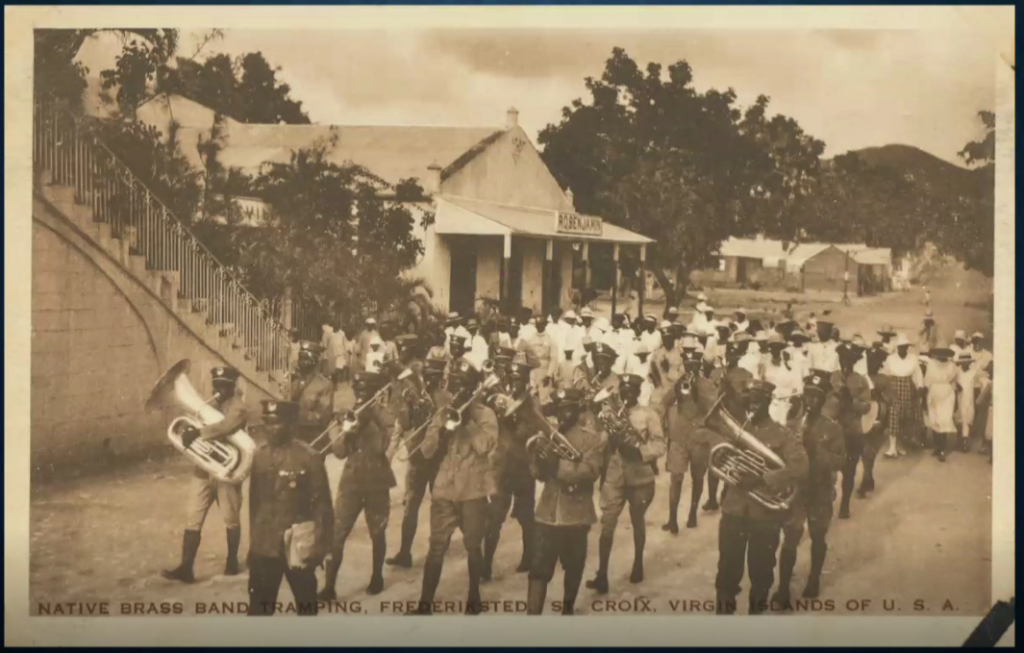
Katherine Hamilton-Smith, founding curator of the world’s largest public collection of postcards, Teich Archives, gave a lecture Sunday that explained the documentary power and significance of picture postcards worldwide.
Hosted by the Caribbean Genealogy Library, the lecture highlighted the digitization of the Michael and Jane Sheen Danish West Indies-U.S. Virgin Islands postcard collection.
The lecture, originally slated for August, shared the significance of postcards, detailing how postcards serve as some of the only images of what has happened historically.
“If it were not for the phenomenon of picture postcards … we would likely not have images remaining to us,” said Hamilton-Smith. “The very commonness of them is what gives them their documentary power.”

Hamilton-Smith shared a detailed history of postcards. In 1869, correspondence cards were first used in Austria, allowing people an inexpensive opportunity to send short messages through postal mail. They did not require envelopes and cost half the cost of sending a letter.
“Postcards were given birth to slowly as part of a burgeoning, technological advance of relatively inexpensive color printing processes,” said Hamilton-Smith. Color imaging emerged in the 19th century. “In the middle 1800s, as part of this ability of printing companies to produce and sell inexpensive color reproductions came the phenomenon of decorated envelopes and decorated letterhead.”
However, it wasn’t until 1889 that the first picture postcards that we know today emerged, highlighting the 1889 Paris Exposition via the completion of the Eiffel Tower, the tallest structure in the world at the time.

“In that year in Paris, the most important part of the exposition was the Eiffel Tower. … Part of the experience of not just seeing the Eiffel Tower was that visitors to the exposition could go up into the Eiffel Tower, and at the top or near the top there was a post office. And for the very first time … picture postcards could be had only if [they] were sent from the Eiffel Tower,” said Hamilton-Smtih.
It was not until 1893 at the World’s Columbian Exposition in Chicago that the first considered American postcards were printed, when an entrepreneur named Charles W. Goldsmith applied to print 12 designs for the exposition. Later, Curt Teich established Curt Teich and Co. in Chicago in 1898 and began printing newspapers, brochures, letterheads, blotters, circulars, and business cards, and later specialized in picture postcards.
According to Hamilton-Smith, up to 3.5 million postcards could be printed in an hour and were printed for the U.S., Canada, the Caribbean, and South American countries. Many of the postcards printed by this company document historical events.

According to Hamilton-Smith, the state of Illinois played a huge role in the history and development of postcards.
“Postcards were a phenomenon. They were a rage in the early 20th century,” said Hamilton-Smith. “Let’s say there was a fire in your town. By the next day, a photo postcard would be available.”
Postcards even helped to document events such as the African American experience in the U.S., the KKK, segregation, and Reconstruction.

Postcards served a very similar purpose in the U.S. Virgin Islands. They document changes in people, buildings, and historic events.
According to the Caribbean Genealogy Library, the “Sheen Postcard Collection” includes more than 1,000 historical postcards of the Danish West Indies from around 1880 to 1917, and of the U.S. Virgin Islands from 1917 to around the 1950s. Among them are images of streets, harbors, people, occupations, historic events, beaches, water activities, and resorts.
More information about the Caribbean Genealogy Library can be found at www.cgl.vi.
Editor’s Note: This story has been corrected to state that the Caribbean Genealogy Library has completed the digitization of the Sheen Postcard Collection, it is not in the process of doing so.